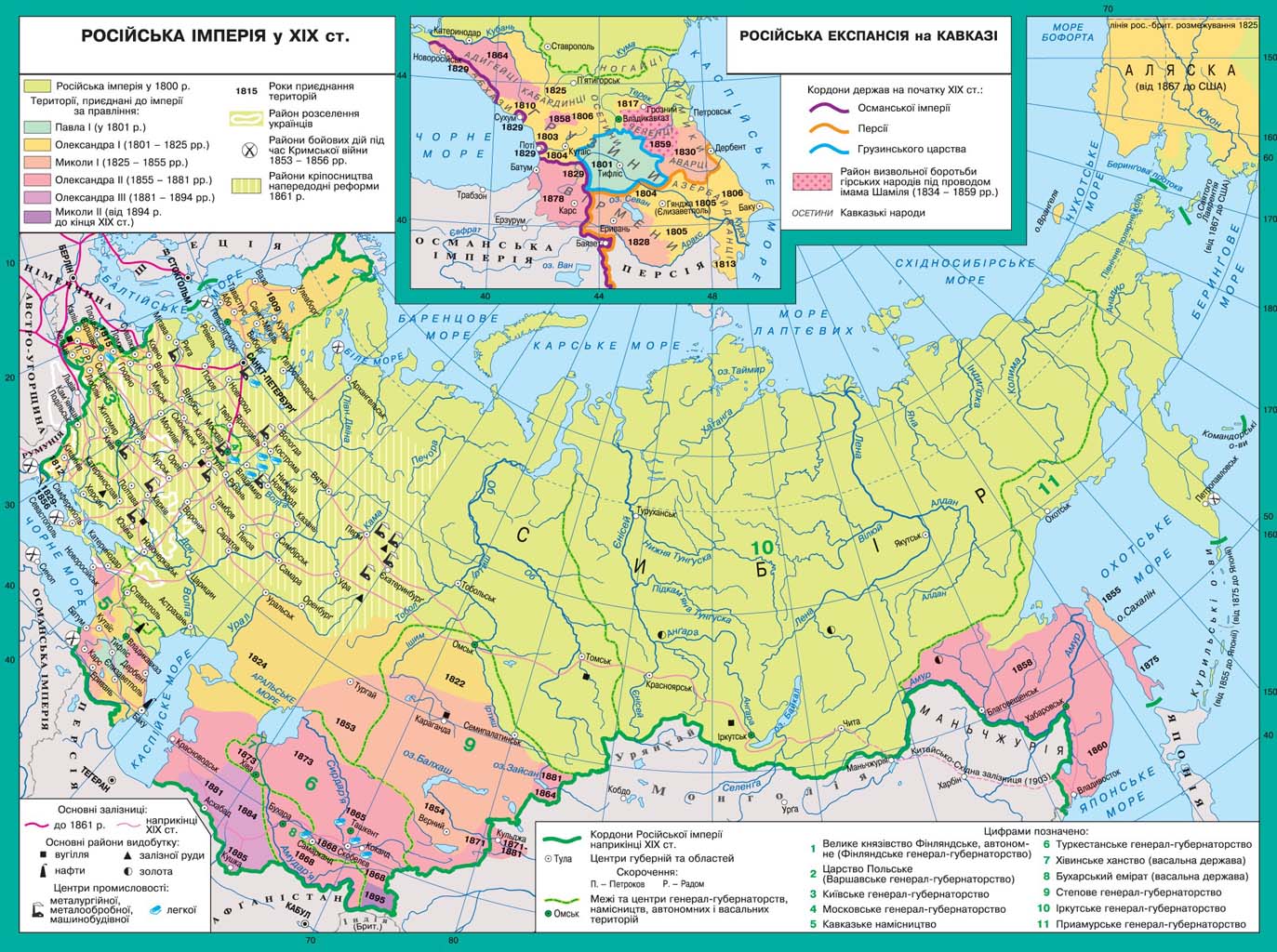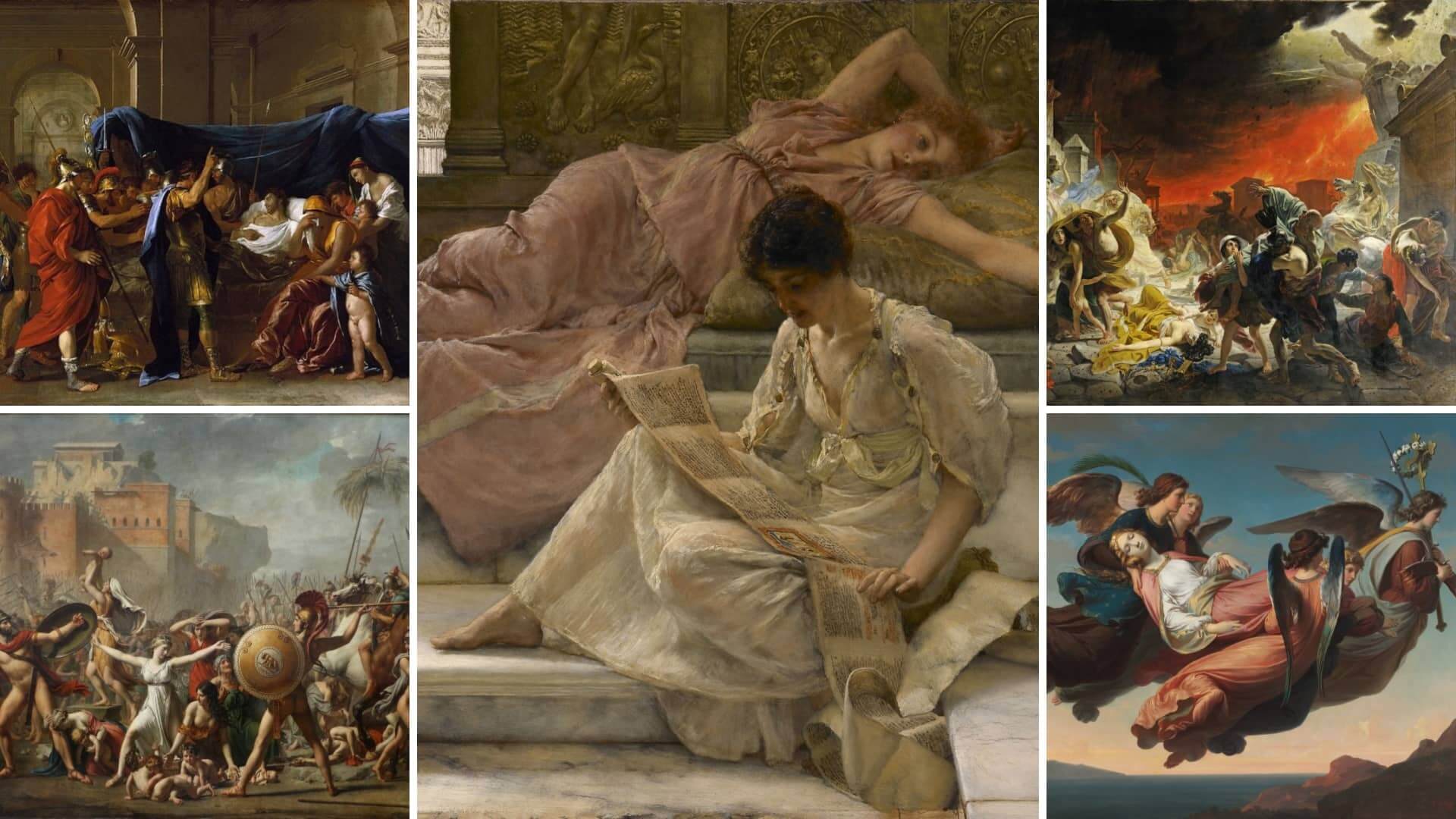Exploring Iconic British Art Movements: A Concise Guide

Britain’s artistic landscape is a vibrant tapestry, woven with diverse movements that have left an indelible mark on the global art scene. From the romanticism of the Pre-Raphaelites to the bold statements of the YBAs, British art movements offer a captivating journey through time and style. This guide delves into some of the most iconic movements, providing a concise overview for art enthusiasts and curious minds alike.
The Pre-Raphaelite Brotherhood: A Return to Nature and Narrative

Emerging in the mid-19th century, the Pre-Raphaelite Brotherhood sought to revive the purity and detail of art before Raphael. Artists like Dante Gabriel Rossetti, John Everett Millais, and William Holman Hunt embraced romanticism, naturalism, and narrative painting. Their works often featured:
- Vibrant colors and meticulous attention to detail.
- Symbolism and allegory, drawing inspiration from literature, mythology, and religion.
- Strong female figures, challenging Victorian ideals of femininity.
📚 Note: The Pre-Raphaelites' influence extended beyond painting, impacting literature and design, making them a cornerstone of Victorian culture.
The Bloomsbury Group: Modernism and Intellectual Freedom

The early 20th century saw the rise of the Bloomsbury Group, a collective of artists, writers, and intellectuals. Virginia Woolf, Duncan Grant, and Vanessa Bell were key figures in this movement, characterized by:
- Post-Impressionist and Cubist influences, reflecting a break from traditional techniques.
- Experimental and expressive styles, often exploring themes of identity and relationships.
- Interdisciplinary collaboration, blurring the lines between art, literature, and criticism.
The Young British Artists (YBAs): Provocation and Pop Culture

The 1990s witnessed the emergence of the YBAs, a group that shook the art world with their provocative and conceptual works. Damien Hirst, Tracey Emin, and Sarah Lucas became household names, known for:
- Shock tactics and sensationalism, challenging societal norms and artistic conventions.
- Use of everyday materials and pop culture references, reflecting contemporary life.
- Entrepreneurial spirit, with artists actively engaging with the art market and media.
| Movement | Key Artists | Characteristics |
|---|---|---|
| Pre-Raphaelite Brotherhood | Dante Gabriel Rossetti, John Everett Millais | Romanticism, Naturalism, Narrative Painting |
| Bloomsbury Group | Virginia Woolf, Duncan Grant | Post-Impressionism, Cubism, Experimentalism |
| Young British Artists (YBAs) | Damien Hirst, Tracey Emin | Provocation, Conceptualism, Pop Culture |

Key Takeaways:
- British art movements reflect the country’s rich cultural heritage and societal changes.
- From the Pre-Raphaelites’ romanticism to the YBAs’ provocation, each movement offers a unique perspective on art and life.
- Exploring these movements provides valuable insights into artistic techniques, themes, and historical contexts.
Checklist for Exploring British Art Movements:
- Research key artists and their works within each movement.
- Visit galleries and museums showcasing British art, such as the Tate Britain or the Victoria and Albert Museum.
- Read books and articles on British art history to deepen your understanding.
- Attend exhibitions and events celebrating British art and its diverse movements.
British Art Movements,Art History,Cultural Heritage
What is the significance of the Pre-Raphaelite Brotherhood?
+The Pre-Raphaelite Brotherhood played a crucial role in reviving romanticism and naturalism in 19th-century British art, influencing literature, design, and Victorian culture.
How did the Bloomsbury Group contribute to modern art?
+The Bloomsbury Group introduced post-impressionist and cubist influences to British art, fostering experimentalism and interdisciplinary collaboration among artists and intellectuals.
What makes the YBAs unique in British art history?
+The YBAs are known for their provocative and conceptual works, often using everyday materials and pop culture references, while actively engaging with the art market and media.


